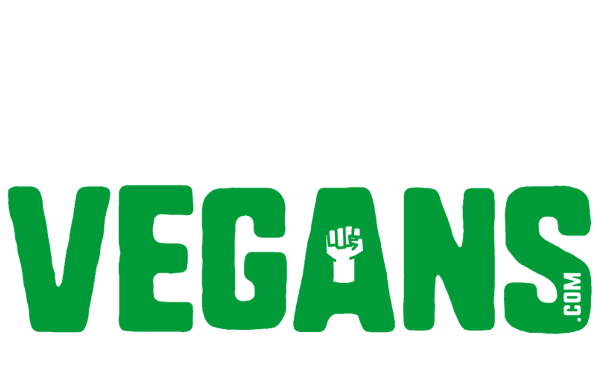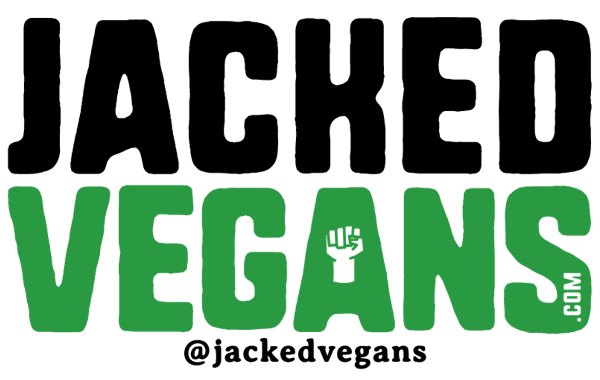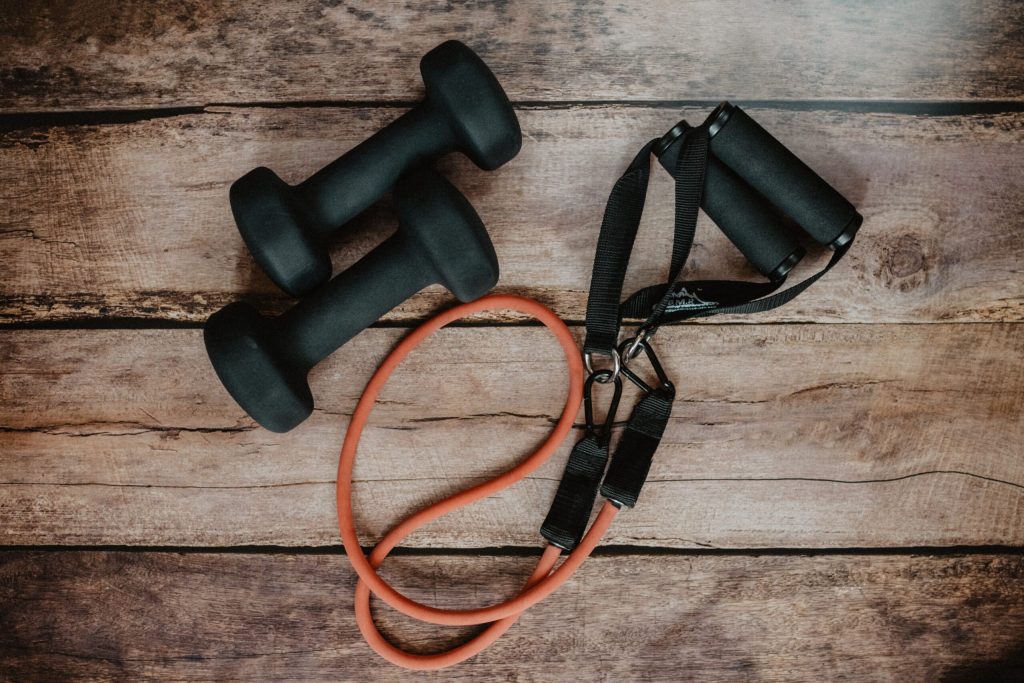Newbie gains is the fantastic phase in your weight lifting career where everything seems to be going well.
But it’s not the same for everyone.
Some people experience newbie gains far longer than others. Some have spent long hours in the gym for years and have little progress.
Others have experienced multiple spurts of newbie gains, while others can’t seem to catch a break. Why is that?
Let’s break it down.
What are newbie gains?
“Newbie gains,” “noob gains,” “beginner gains.”
These refer to the rapid development of muscles, strength, and fat loss one experiences once one starts lifting weights while following a training program and nutrition plan to maximize the gains.
If you’ve been living a sedentary life and started lifting weights, this new stimulus on your body will cause you to gain muscle size.
When you lift weights, your muscles are torn and need to rebuild. The body uses amino acids to build bigger and stronger muscles suitable for lifting heavier weights.
What’s fantastic when you’re a newbie to lifting weights is that the rate of muscle protein synthesis (MPS) is faster than someone who has been weight training for a while already. A newbie could potentially continue building muscle for up to 50 hours after the exercise is finished which could be why they gain muscle and strength so fast.
How long do newbie gains last?
Since our bodies are different, the newbie gains are not the same either.
If you go to the gym and train mindlessly, using machines just because they’re beside each other, you could get mediocre gains even if you’ve been training for many years. Heck, you might even cease seeing progress after three months.
Others with good genes might get away with this mindless approach to training and continue to add muscle for years just because they are genetically blessed.
And lastly, some people with good genes who follow an elite training program, work hard, push themselves in the gym, and eat as clean as possible can experience exponential muscle growth, strength gain, and fat loss in about two years.
This is Oliver. He was one of those who trained mindlessly for years. About nine years of inconsistency, to be exact.

Then in November 2011, he started following a training program that focused on short, intense, circuit training exercises. Following a training structure allowed him to stay consistent, put on muscle, gain strength, and burn fat for the next 13 months.

He was still eating crappy at that time, so on the 14th month, he decided to follow a low-carb diet. That’s when his results shot through the roof.

His newbie gains lasted approximately 21 months.
How much muscle can a newbie gain?
How much muscle can a beginner gain in a month?
How much muscle can you gain in three months?
How much muscle can you gain in a year?
Unfortunately, there is no accurate answer to this. The amount of muscle a person gain depends mainly on several factors, such as the quality of training, diet, sex, and genetics.
However, here are some theories and educated guesses based on years of client results.
Alan Aragon’s Model

If you weigh 150 lbs, you could gain 18 lbs to 27 lbs of muscle in your first year of training (keep in mind that you’re going to lose fat, so your weight would reflect the amount of fat you lost and the muscle you gained).
Lyle Mcdonald’s Model

Again, if you weigh 150 lbs, you could gain 20-25 lbs of muscle in your first year, which is pretty close to the estimate of Alan Aragon’s model.
Can I still get newbie gains?
If you’re like Oliver, who wasted many years with poor training, eating whatever, and inconsistency, the good news is that you can still take advantage of newbie gains once you clean up your act.
He skipped leg day a lot, and when he did leg day, he mainly stuck to the machines like leg press, leg extension, and seated hamstring curl machines. And since he rarely did compound lifts like squats, deadlifts, and Olympic lifts like snatches, he wasn’t taking advantage of the body’s biggest and strongest muscles.
He didn’t build bigger muscles in his legs, did not burn enough calories, and did not lose as much fat as he wanted.
He ate plenty of junk food and could not stay consistent for more than three months. But after correcting his mistakes, he gained more muscle in 21 months than he did in nine years.

So, there is still hope even if you messed up your first few years of training.
What to do when newbie gains are over?
It’s too bad that some good things have to end. If you’re trying to build muscles naturally, there’s a limit to how much muscle you can put on.
Our hunter-gatherer ancestors were muscular and most certainly not obese. Still, they did not have jacked arms and legs that looked like tree trunks because too much muscle would require plenty of calories as well, and during those times, it would be impractical to allocate too many resources to building muscle mass.
They developed the muscles they needed to run, hunt for food, and perform their tasks. Nothing more. It makes sense that our bodies have evolved in the same way.
So when your newbie gains end, adding muscle and progressing after that would be a grind.
One important thing to remember is, that you’re not going to add muscle at the rate you did during those wonderful years of newbie gains. Because of the repeated bout effect, lifting weights would not cause as much response as when you were just starting.
Instead, adjust your expectation to gaining a few pounds of muscle yearly and rejoice whenever you do. There are times when you might even gain weight or fat, but that’s just part of it.
Here are the things you can do to continue to progress after your newbie gains are over:
1. Be mindful of your calorie consumption
To continue putting on muscle, you have to be around 500 calories over your maintenance needs (here’s the Jacked Vegans calorie calculator to help you figure out your caloric requirements).
Going a bit over your caloric requirements allows you to put on muscle while adding as little fat as possible.
However, staying at a caloric surplus for long periods could result in fat gain since we don’t burn as many calories anymore during our newbie gain period.
We suggest alternating between bulking (going over your maintenance calorie requirement) and cutting (under your calorie requirement) to change your body composition. Bulking allows you to put on muscle and fat, while cutting will enable you to lose weight, but it’s essential that you lose that weight from fat and not muscle (more on that later).
Play around and experiment with bulking and cutting until you’ve reached your desired size.
2. Workouts that give the biggest bang for your buck
Compound lifts like bench press, deadlifts, squats, and burpees work multiple muscles simultaneously, activate more muscle fibers, and build more muscle definition. These exercises are more physically demanding and require more energy expenditure, so you also burn more fat.
3. Shift your focus
When you’re new to training, the focus should be on performing the exercises using proper technique and form. Keep adding weights to get stronger and grow your muscles.
If you average adding 5 lbs to your squat each month, you should continue what you’re doing because your body is still in the newbie gain stage since you’re still gaining strength quickly.
Once you reach the intermediate stage, adding weights to your lift becomes harder. Your focus, however, should shift to getting stronger and lifting heavier. You probably won’t be able to add 5 lbs to your squat each month, but that doesn’t mean you can’t get stronger by adding small plates.
Don’t discount the benefit of adding 2.5 lbs to your squat because adding more weight still affects your muscles and forces them to grow.
Speaking of adding more weights to your lifts, you should…
4. Push yourself hard, safely
If you find it hard to add more weights to your lifts, adding the tiniest weight possible can still help you progress. It’s best to have a spotter around to help you with the difficult lifts like bench presses and squats so you can push yourself to lift heavy, safely.
Try to squeeze out as many reps as possible and get as close to failure as possible (maybe save one rep in reserve for your squat). As for isolation exercises like curls, push yourself by doing more repetitions (between 10-20 range).
Increase your training to 4-6 times a week while training most muscle groups about 2-4 times weekly.
5. Don’t get comfortable
By changing the stimulus you apply to your body, you force it to adapt and grow some more. You can do this in several ways.
We already talked about adding weights and volume to your training. Another is by changing your workout altogether. You could switch from doing heavier weights with fewer repetitions to doing more repetitions with lighter weights.
Here’s an illustration of the difference in each program.



You can also change the stimulus by doing the following:
- Changing the grips (doing a closed grip bench press instead of a wide grip bench press)
- Changing the equipment you use (doing dumbbell deadlifts instead of barbell deadlifts)
- By using more bodyweight exercises (like plyo push-ups and pull-ups)
Don’t get comfortable doing the same things over and over. Beat the workout plateau by switching your workouts now and then.
6. Don’t ignore recovery
Now that you’ve reached an intermediate level, you’re working out a lot harder and taxing your body more than when you were just starting, which is why it’s crucial to pay attention to how you recover from each workout.
One of the things you shouldn’t ignore is how much sleep you get when you train. Sleep has been shown to improve your performance in the gym and possibly accelerate your recovery from muscle breakdown by enhancing the response from growth hormone and Insulin-like growth factor 1 (IGF-I)
In addition, you risk injury by not getting adequate amounts of sleep. The faster you can recover from a workout, the more you can train, and the more progress you make.
7. Feed your muscle
Some people are afraid of carbs. They feel like eating more carbs would make them fat. When you work hard in the gym, eating the right carbs (those coming from whole food) would help you perform better in the gym and get your desired size.
Consuming carbs after training helps replenish the depleted glycogen supply as well.
Eating plenty of quality protein, on the other hand, supports muscle growth, providing your body with the necessary source to rebuild your muscles. Daily recommended protein consumption to support muscle growth is about 1 gram of protein per lb of body weight.
Picture this. You work your butt off in the gym to build muscle, and you go on a caloric surplus to put on mass. Then, you enter the “cutting phase,” where you shed the excess fat you put on during bulking. Without enough protein, it’s possible you would lose some of the muscle you’ve worked so hard to build when you enter a diet.
Avoid losing muscle mass by consuming enough protein daily.
8. Supplements to the rescue
And lastly, taking supplements can help you build more muscle and burn more fat.
If there was a stage when you should seriously start thinking about supplements, this is it. When your gains come slower, taking supplements such as creatine, protein powders, and pre-workout drinks can help take you to the next level.
Here’s how:
Creatine – is one of the widely popular supplements among athletes. Creatine studies have consistently shown that it can help build lean body muscle, aid recovery, and improve exercise capacity for short, high-intensity exercises.
Creatine is safe and is naturally produced in our bodies. It helps create ATP, which is used as an energy source for muscle contractions.
Protein powder – Once you enter the intermediate phase, building and maintaining muscle mass becomes harder. You can ensure that you’re getting your daily requirements with protein supplements because it’s convenient and easy to consume.
You can drink a protein shake right after a workout and provide the body with what it needs to repair the damaged muscles.
Pre-workout drinks – Most pre-workout drinks aim to boost your energy to help your workouts. One of the active ingredients in pre-workout drinks is caffeine, which can also be consumed from good old black coffee.
Black coffee is cheap and increases endurance, strength, and power. Just make sure you consume the proper dosage and at the correct time for maximum effect.
Combined, these three things can give you the extra push you need to keep growing your muscles.
Don’t get discouraged when newbie gains end
If you’re new to training, it’s easy to get discouraged when you’re not getting stronger, and it’s harder to get ripped when the newbie gains end. You might even gain some fat here and there.
This is normal.
This is where you need to double down on your commitment and dedication to training. Follow the tips we gave to continue your progress.
Keep working hard.
Adjust the expectation of your progress.
Protect the muscles you built by consuming enough calories and protein and getting enough rest.
Keep your sights on the big picture. Little progress is still better than no progress or regression.





